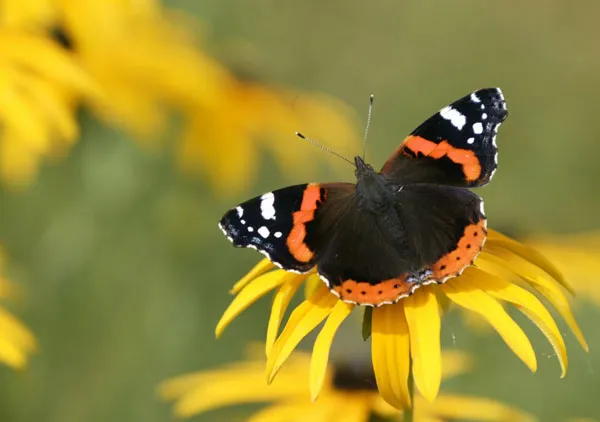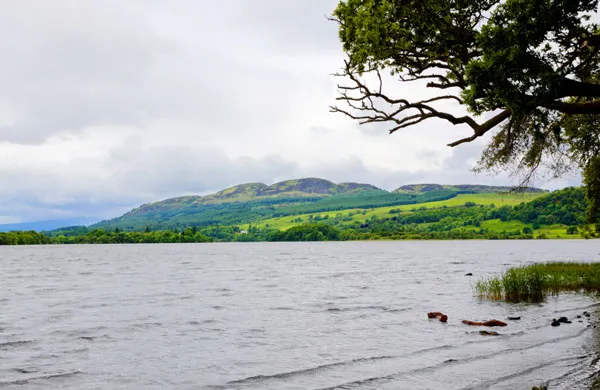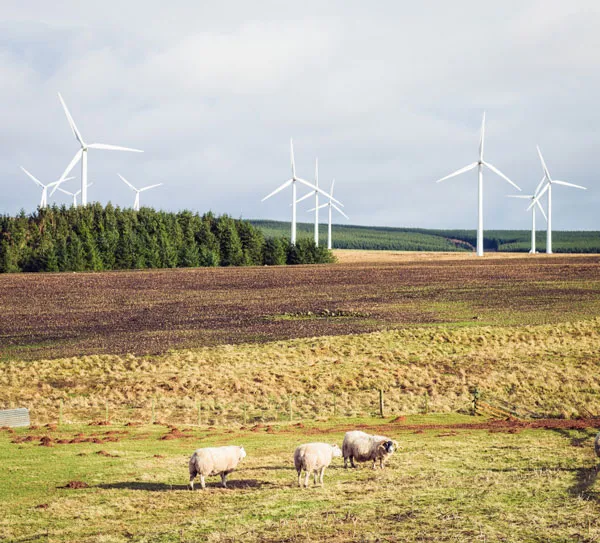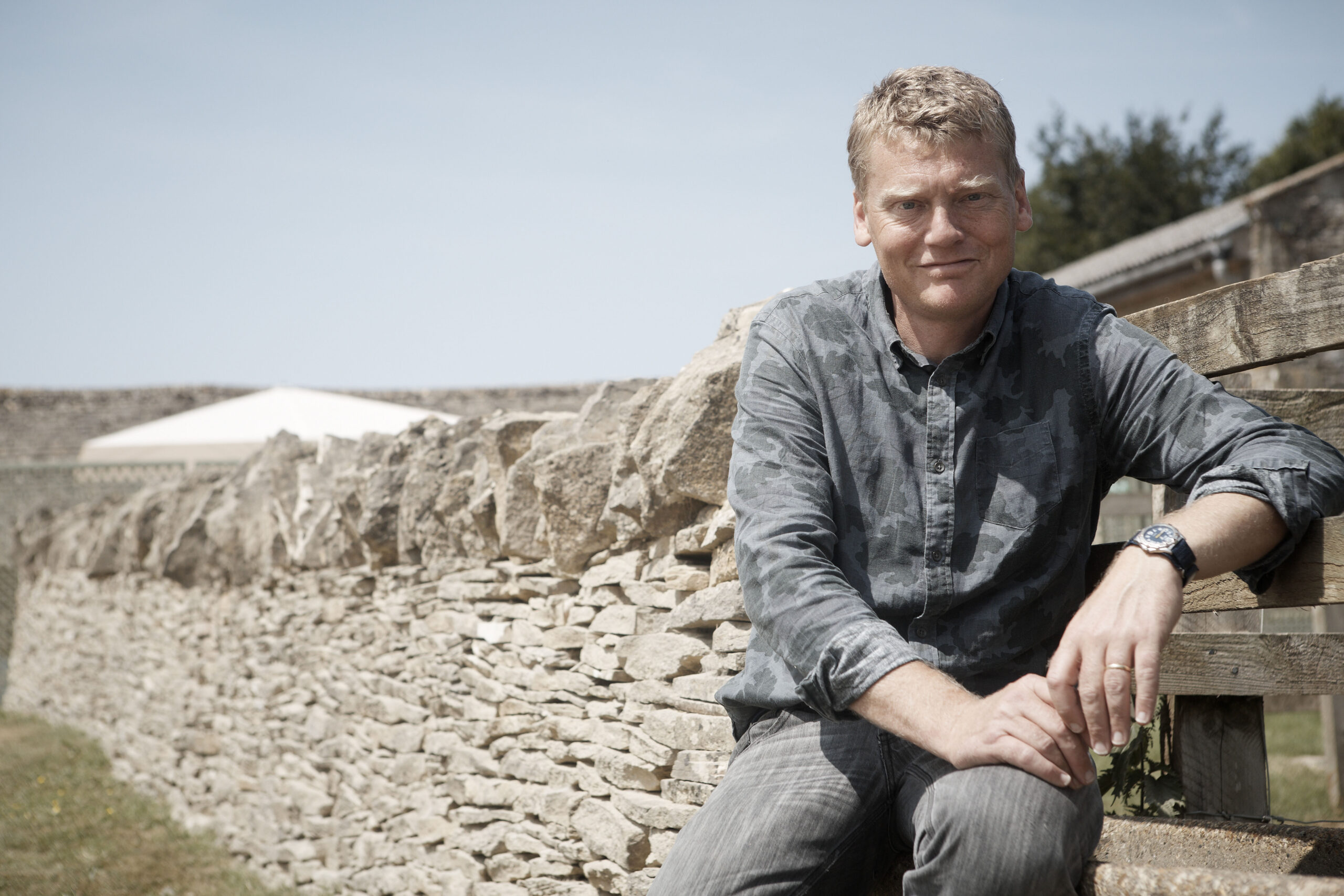Laws drafted in Brussels come a close second to the laws of nature when it comes to shaping our countryside.
Supporting farming has been at the heart of the European project from the beginning and when we joined the European Economic Community in 1973, our own farmers joined the Common Agricultural Policy, enjoying the subsidies while chafing at the regulations.
As environmental protection grew as a political priority, so it was felt that the European Union should take the lead: nature doesn't respect borders so neither should it's guardian. The same logic underpins efforts to reduce climate change: the more countries governed by regulations the better.
So here we look at how decision making at the European level affects four key aspects of rural Britain: farming, wildlife protection, pollution and energy production. Before asking campaign groups on both sides of the referendum debate why backing them promises a rosier future.
FARMING

Photo credit: iStock
The Common Agricultural Policy spends around 40 per cent of the total EU budget. It contributes around £3 billion to UK farmers and, for some, EU support payments provide more income than actually selling their produce. This is especially true when farmgate prices are low, as they have been recently for milk, pork, and cereals. Payment varies accordingly to the type of farmland, but averages out at around £100 per acre and, to qualify, your land must be in good agricultural and environmental condition. Producing food or any other crop is not required to get the cheque.
30 per cent of payments are linked to the 'greening' of agriculture, requiring crop diversification, keeping permanent grassland and establishing 'ecologically focused areas' on 5 per cent of their arable land.
Being a part of the single market, guaranteed by EU membership, also means British farm produce can be sold across Europe freely without any barriers.
WILDLIFE PROTECTION

Photo credit: iStock
The EU Habitats Directive and Birds Directive are designed to protect rare, endangered and unique species of plants and animals. These legal instruments are the umbrella which shelters everything from eagles to linnets, lichens to slow-worms. With the directive onside, great crested newts can turn back new roads and bats can halt house building. More than 400 species are protected to some degree under its wing.
European law also lies behind the preservation of specific places: the UK has 620 special areas of conservation, like blanket bogs and dry heaths alongside 142 marine protected areas. Any significant building or infrastructure development today requires an Environmental Impact Assessment: that demand stems from the European Union. Some businesses regard these rules as restrictive and disproportionate. Many wildlife groups believe they deliver a vital defence for vulnerable species and beauty spots.
POLLUTION
Whether you are starting an engine, spraying a field or grazing livestock EU rules will, to some extent govern your behaviour. They regulate the emissions of all chemicals into the environment: land, air and water. Through Biocidal Products Regulation, the EU is steadily reducing herbicides and pesticides available to farmers.

Photo credit: iStock
The Water Framework Directive is driving the clean-up of lakes, rivers and groundwater. Fish, fowl and pond life should benefit but compliance can cost the water companies tens of millions and restrict farming near water-courses. Air quality too is an EU priority. There is a steady tightening of permitted emissions from exhaust and the UK government is currently breaching air quality levels and fines are pending.
ENERGY
Love, loathe or simply accept them - wind turbines, solar panels hydro-electric plants have become a feature of our countryside and EU renewable energy targets are what drives their growth.

Photo credit: iStock
The European Union is determined to cut the production of greenhouse gases and, with UK agreement, has decided that 15 per cent of our energy should come from renewable sources by 2020. To hit the target, subsidies have been offered to low carbon technologies, developers have responded and steel structures have sprouted. Further tough green goals have been agreed, encouraging the building of even more ambitious technologies like huge tidal barrages and floating marine turbines. The EU isn't the only authority pushing a low carbon future as we have national and international climate commitments, but it has fostered one of the most profound landscape changes in recent decades.
